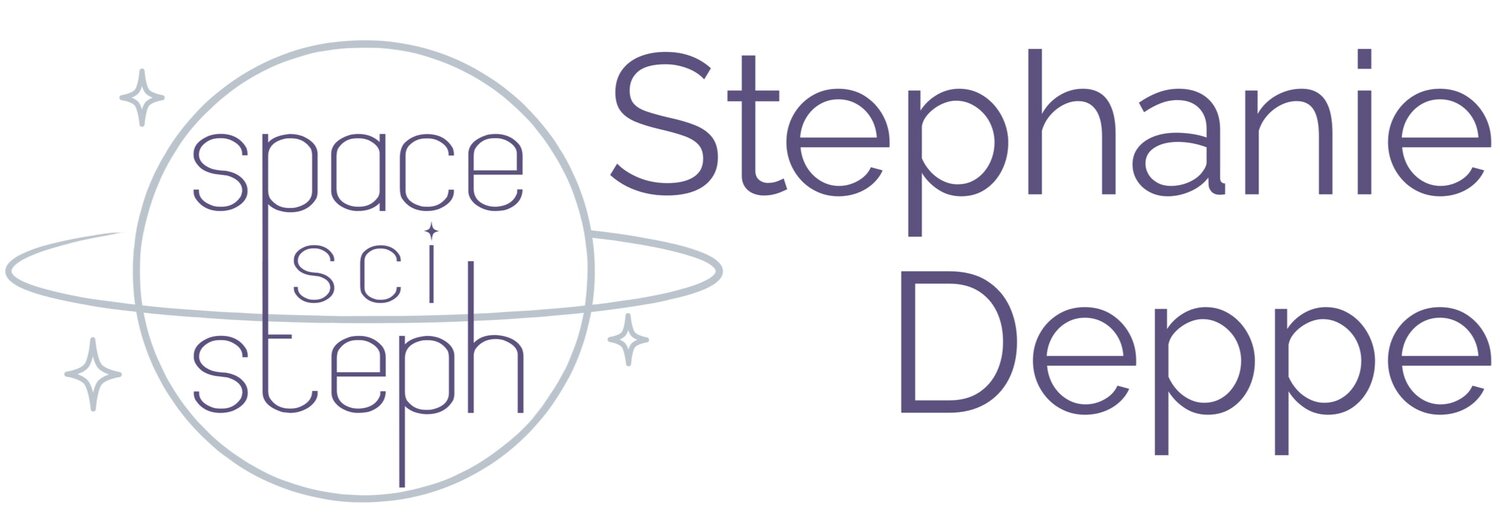New Astrobites Post: Why are Sub-Neptunes so Abundant?
/Here it is…my final new post for Astrobites…wow, how has it been two years?? What a wonderful ride it’s been. I’m so grateful for this collaboration – for the friendships and connections, for the writing experience, and for the chance to learn about astronomy in ways I might not have been able to.
This final post explores why sub-Neptune exoplanets seem to be so much more abundant than Neptune-like planets, despite being close in mass. It turns out that there are complex interactions between the gaseous envelope of these planets and their cores that weren’t being accounted for…but you’ll have to go read the post for the details!



